Location: Red Fort, Old Delhi, India
Built: 1638–1648
Architectural Style: Mughal
UNESCO World Heritage Site: Yes
Introduction: The Legacy of the Red Fort
Nestled in the heart of Delhi, the Red Fort (Lal Qila) stands as a majestic symbol of India’s rich Mughal history and heritage. Built by Emperor Shah Jahan, the same visionary behind the Taj Mahal, the fort is a stunning example of Mughal architecture and one of the most iconic landmarks in the country. If you’re a history enthusiast, an architecture lover, or simply a curious traveler, visiting the Red Fort is an experience that takes you back in time, offering insights into India’s glorious past.
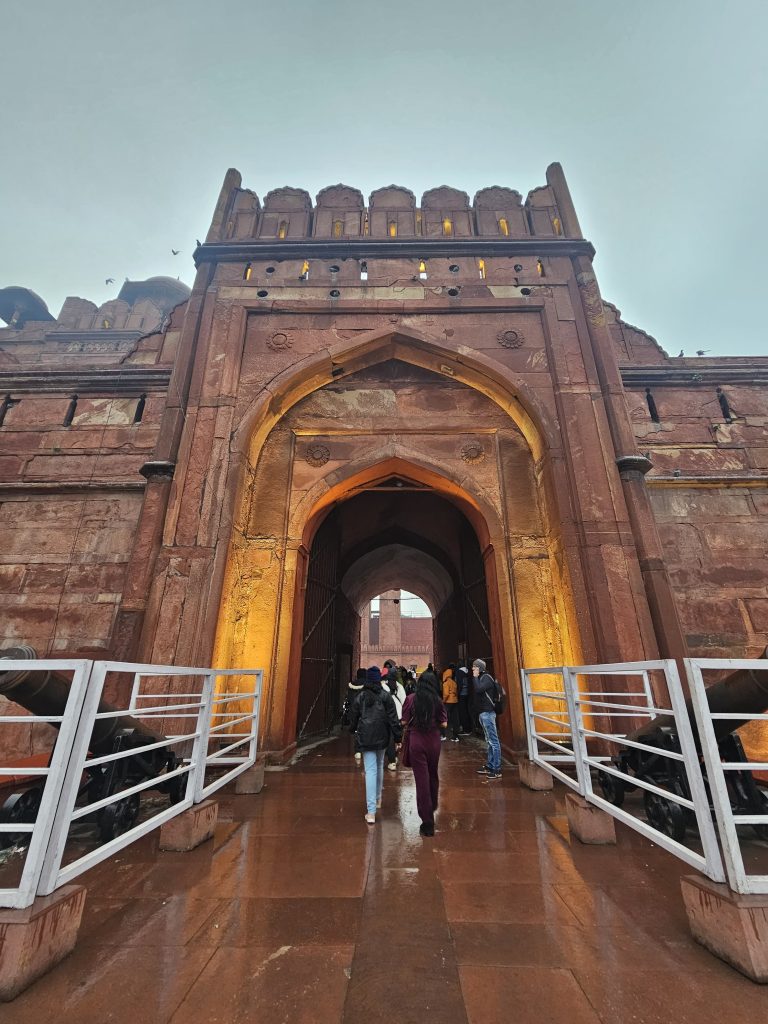
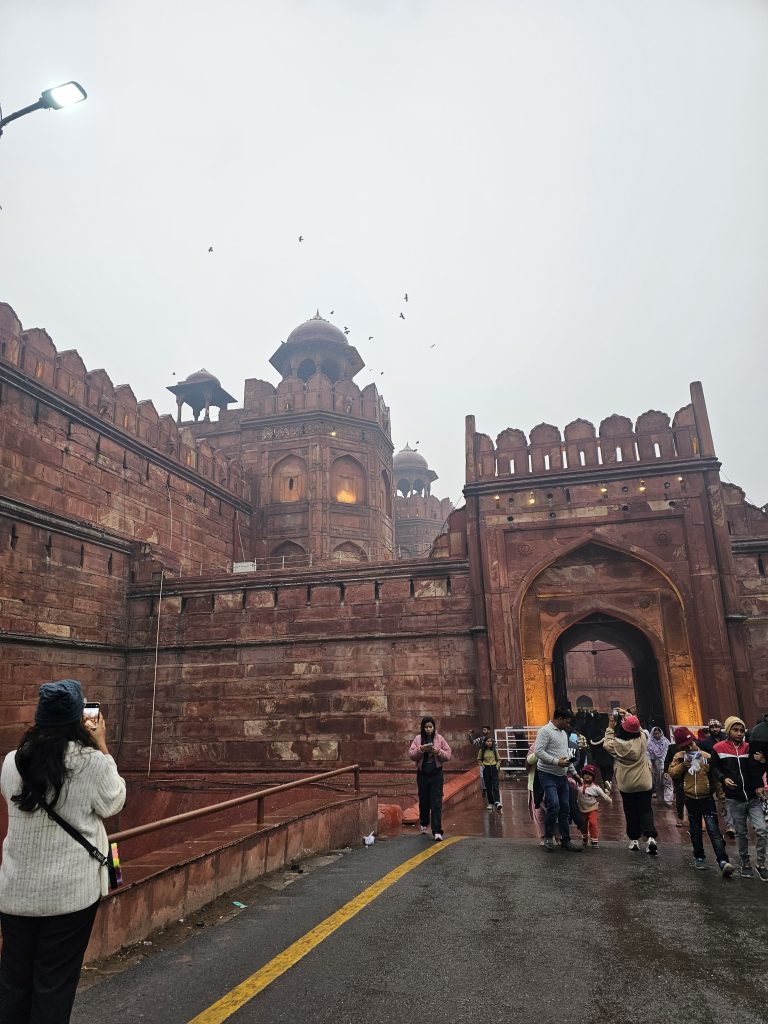
A Glimpse Into the Red Fort’s History
The Red Fort was constructed between 1638 and 1648, and it served as the main residence of the Mughal emperors for nearly 200 years, until the British colonial period. It is a masterpiece of Mughal architecture, blending Persian, Timurid, and Indian influences in its design. The fort derives its name from the massive red sandstone walls, that surround the complex, which are an imposing 2.5 km long and up to 33 meters high in places.
As you enter through the monumental Lahori Gate, you are stepping into an ancient fortress filled with stories of royalty, war, and cultural confluence. The fort has witnessed the rise and fall of empires, political events, and historical moments, including the first war of Indian independence in 1857, when it became the symbolic center of the Indian rebellion.
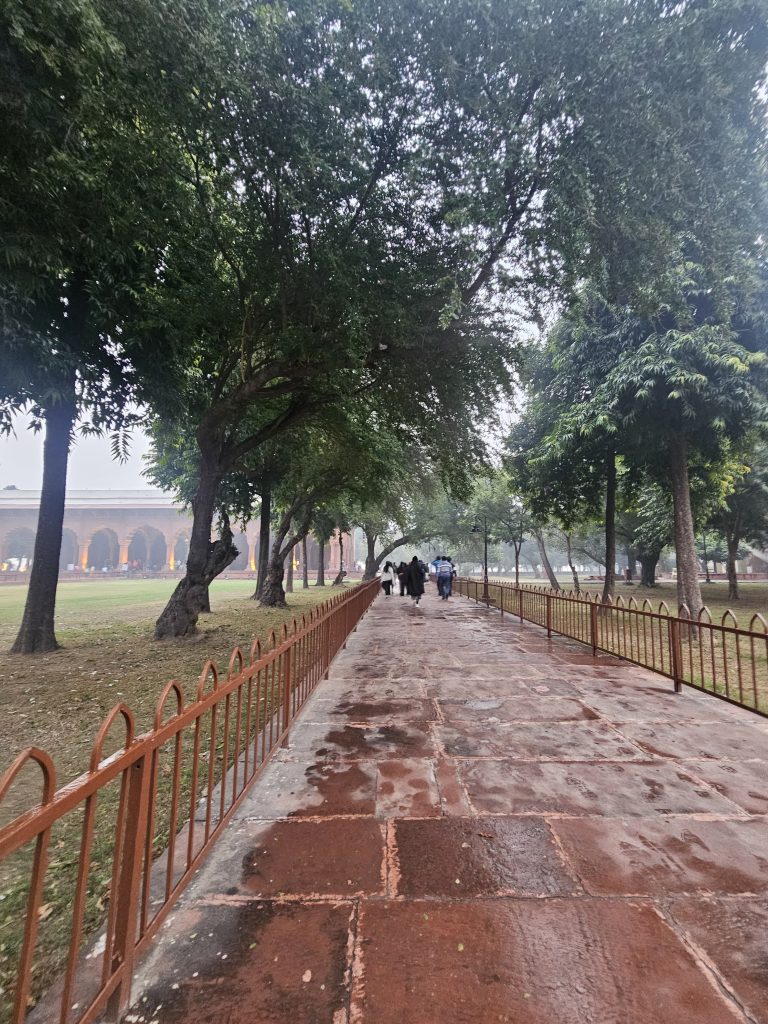
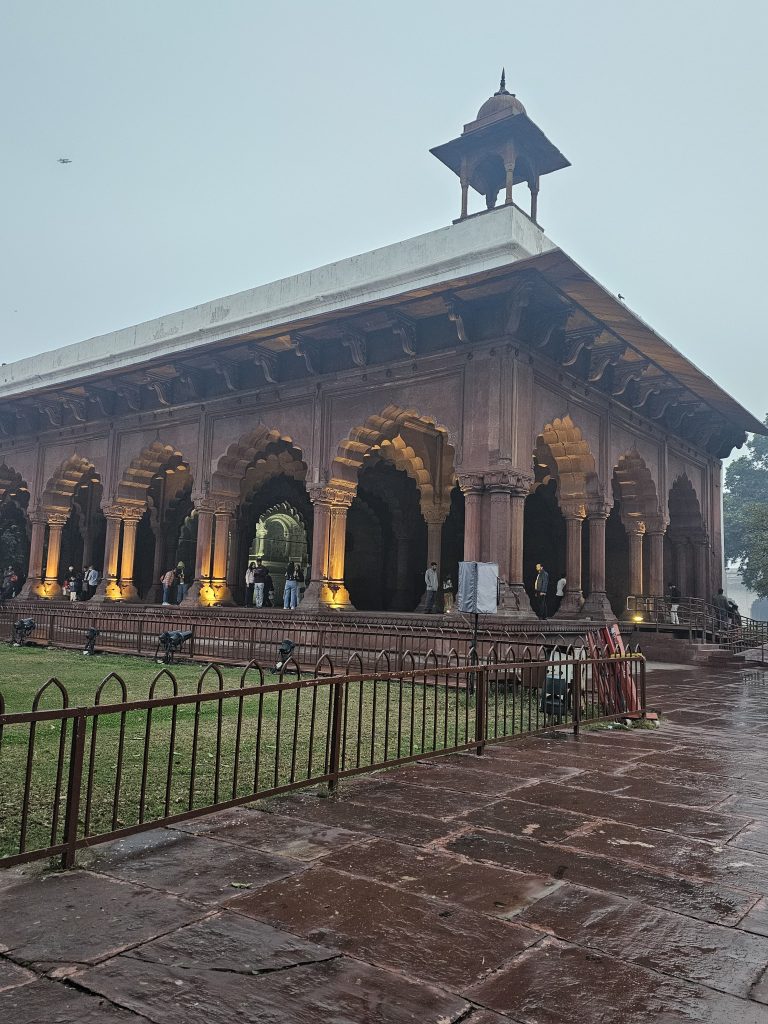
Architectural Wonders
The Red Fort is not just a historical site; it is a living testament to the grandeur of Mughal architecture. As you explore the fort, you’ll be enchanted by the intricate designs, ornate decorations, and stunning courtyards that reflect the luxurious lifestyle of Mughal emperors.
1. Diwan-i-Aam (Hall of Public Audiences)
The Diwan-i-Aam is a large, open pavilion where the emperor would address the public, listen to their petitions, and pass judgments. The hall’s impressive marble throne is where Shah Jahan would hold court. Its beautifully carved pillars and marble decorations showcase the elegance of Mughal craftsmanship.
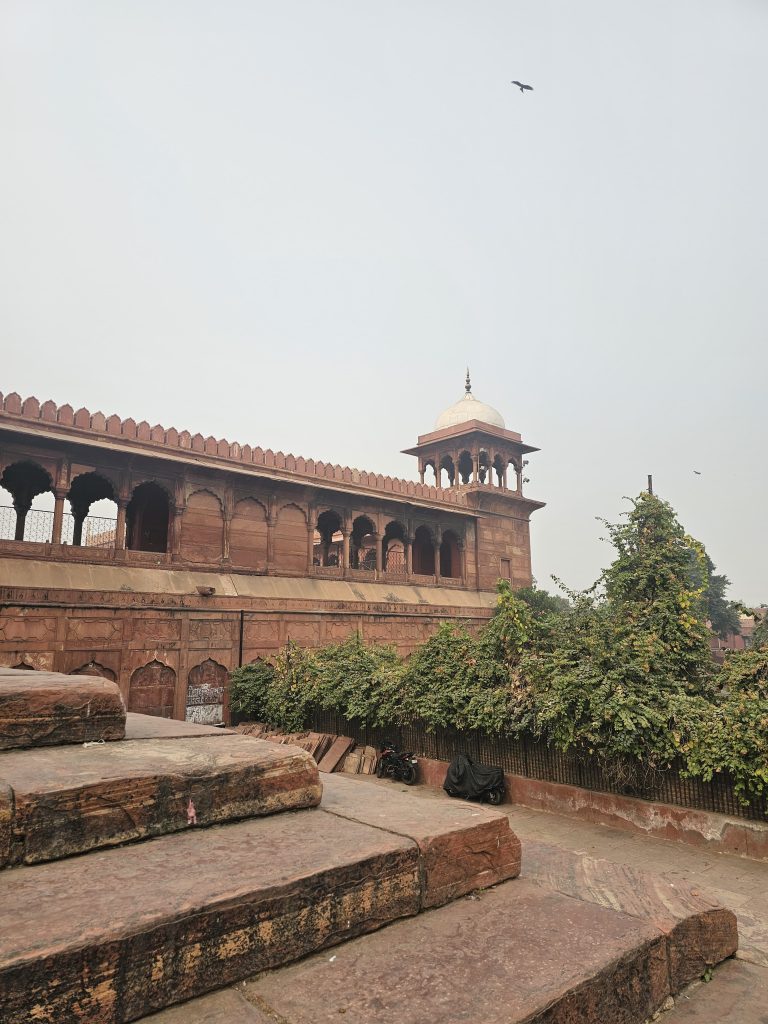
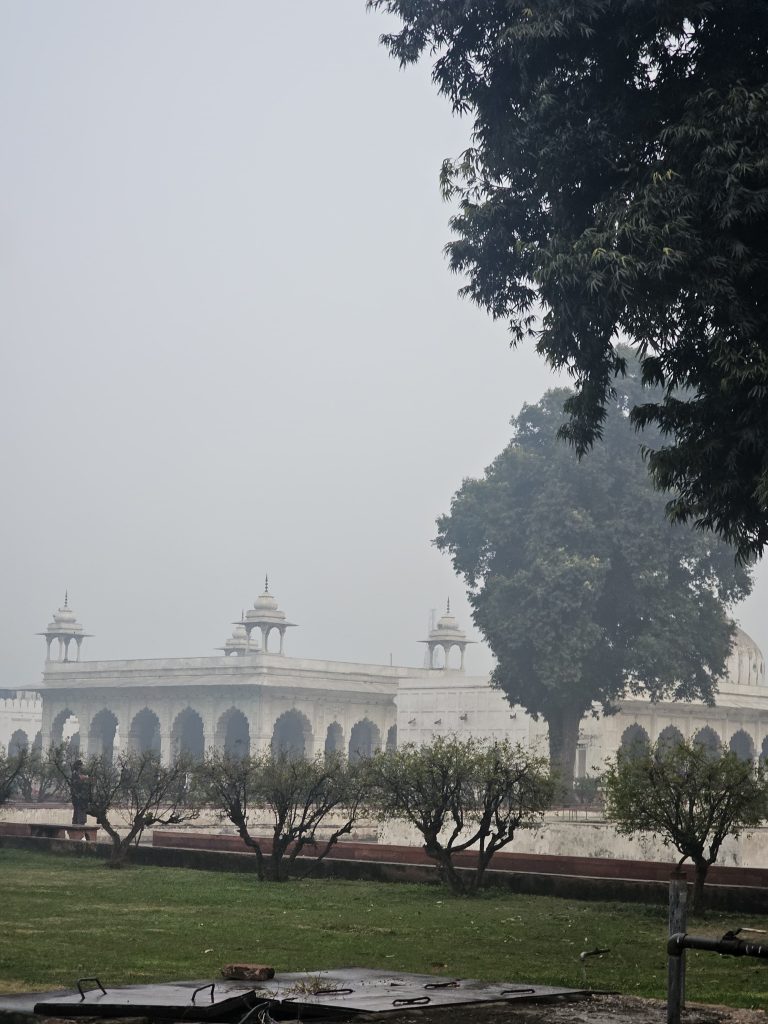
2. Diwan-i-Khas (Hall of Private Audiences)
The Diwan-i-Khas is a more private and intimate space where the emperor would meet with trusted courtiers and nobles. The highlight of this hall is the exquisite Peacock Throne, made of gold and precious gems. Though the throne is no longer here, replicas and historical descriptions offer visitors a glimpse into its former glory.
3. Moti Masjid (Pearl Mosque)
This small yet stunning mosque, built by Aurangzeb, is a gem within the Red Fort. Constructed entirely from white marble, the mosque has an ethereal charm, with its graceful domes and delicate carvings. It is one of the most serene spots within the fort.
4. The Rang Mahal (Palace of Colors)
Rang Mahal was the residence of the emperor’s wives and mistresses, where they could relax and enjoy the palace’s opulence. The walls of Rang Mahal once featured vibrant murals and beautiful frescoes, though much of the color has faded over time. Today, it houses a museum showcasing various artifacts from the Mughal era.
5. Shah Burj (Emperor’s Balcony)
The Shah Burj is an elevated balcony with stunning views over the Yamuna River. It’s said that Shah Jahan spent many hours here, contemplating and admiring the beautiful landscape. This spot provides one of the best vantage points to appreciate the fort’s expansive architecture.
Exploring the Grounds
Apart from the main structures, the fort’s expansive grounds are filled with beautiful gardens, water features, and courtyards. The marble-lined streams and fountains were once part of the fort’s elaborate water system, providing relief during the hot summer months. The famous Nahr-i-Bihisht, or “Stream of Paradise,” is a water channel that runs through the gardens, creating a tranquil atmosphere as you wander the grounds.
6. The Hammam
The Hammam, or royal bathhouse, is another fascinating feature of the fort. Once used by the royal family, the Hammam includes intricate tile work, large marble pools, and a layout designed to provide maximum comfort and luxury. Though the Hammam is now in ruins, its design and craftsmanship still captivate visitors.
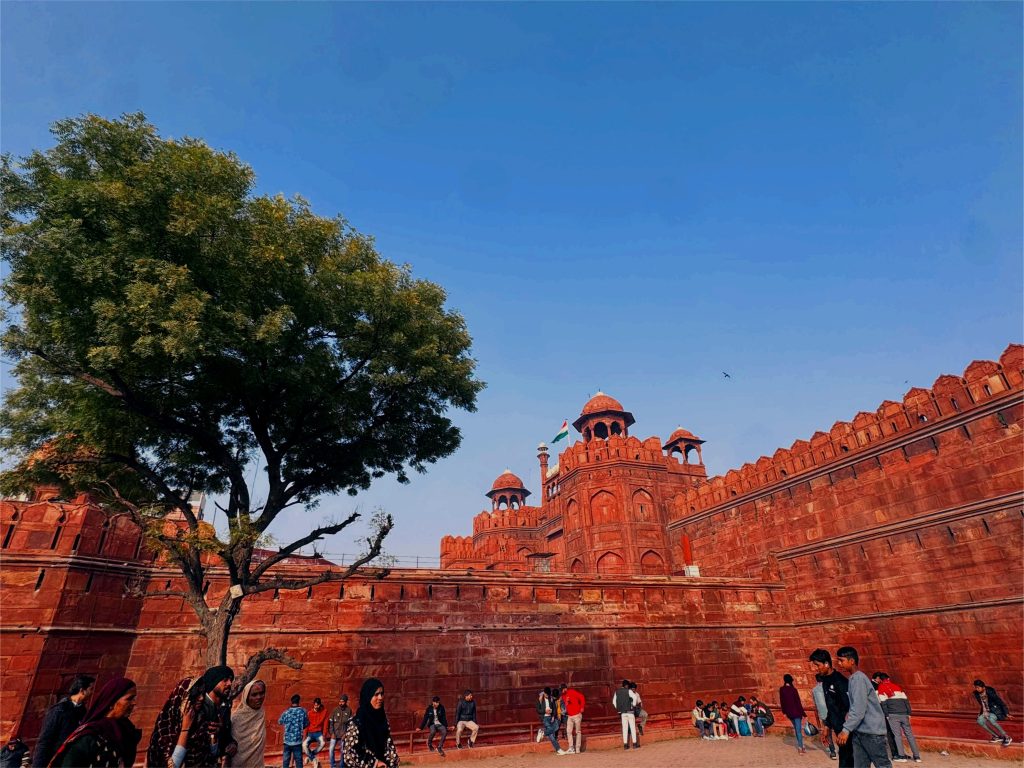
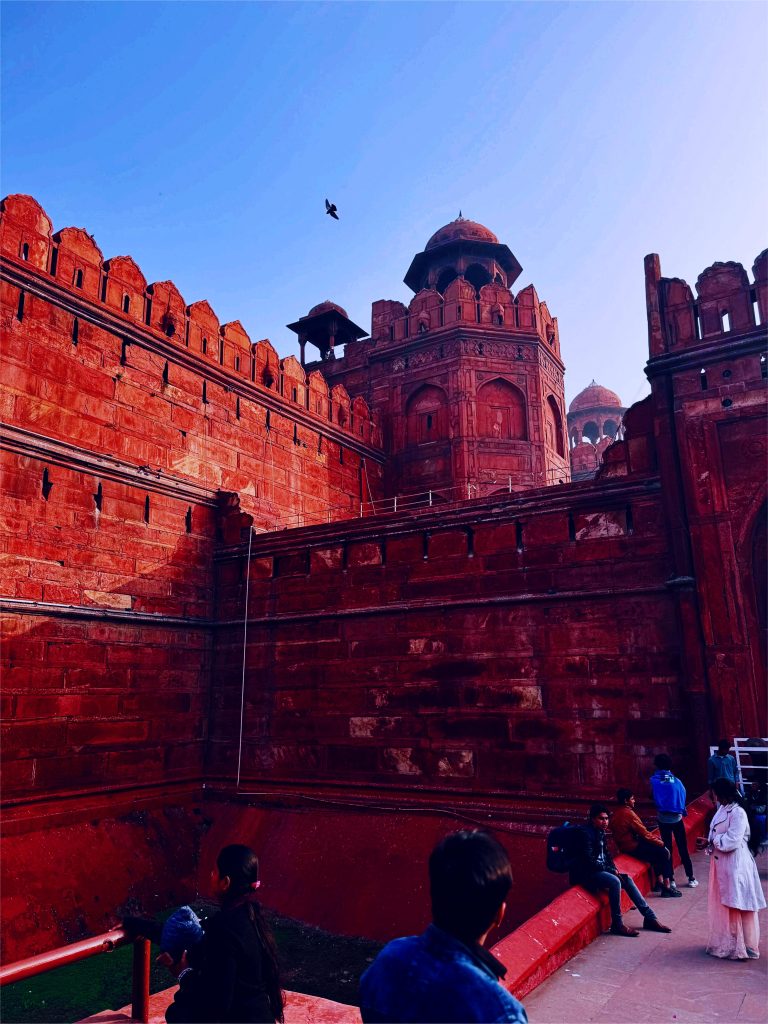
Things to Do at the Red Fort
- Guided Tours: To truly appreciate the history and grandeur of the Red Fort, it’s highly recommended to hire a guide or join a group tour. They can provide fascinating insights into the fort’s history, architecture, and significance.
- Sound and Light Show: In the evening, the fort hosts a spectacular sound and light show that narrates the history of the Red Fort through an immersive audio-visual experience. It’s a must-see for anyone interested in learning about the fort’s rich past.
- Shopping and Souvenirs: The area surrounding the Red Fort is home to bustling markets, such as Chandni Chowk, where you can find traditional crafts, jewelry, and clothing. Don’t forget to bargain!
Practical Information
- Opening Hours: The Red Fort is open daily from 9:30 AM to 4:30 PM. It is closed on Mondays.
- Entry Fees: The entry fee for Indian citizens is INR 50, while foreign nationals are required to pay INR 600.https://asi.payumoney.com/quick/red
- Best Time to Visit: The best time to visit the Red Fort is during the winter months (October to March), when the weather is cooler and more comfortable for exploring.
Conclusion: A Timeless Journey
A visit to the Red Fort is more than just a walk through an ancient monument – it’s an opportunity to immerse yourself in the grandeur of India’s Mughal past.
With its impressive architecture, rich history, and cultural significance, the Red Fort stands as a reminder of a time when emperors ruled with opulence and power. Whether you’re a history buff, an architecture enthusiast, or simply someone looking for a unique cultural experience, the Red Fort is a destination that offers something for everyone.
Make sure explore this UNESCO World Heritage site and uncover the stories of the past that continue to echo through its walls.

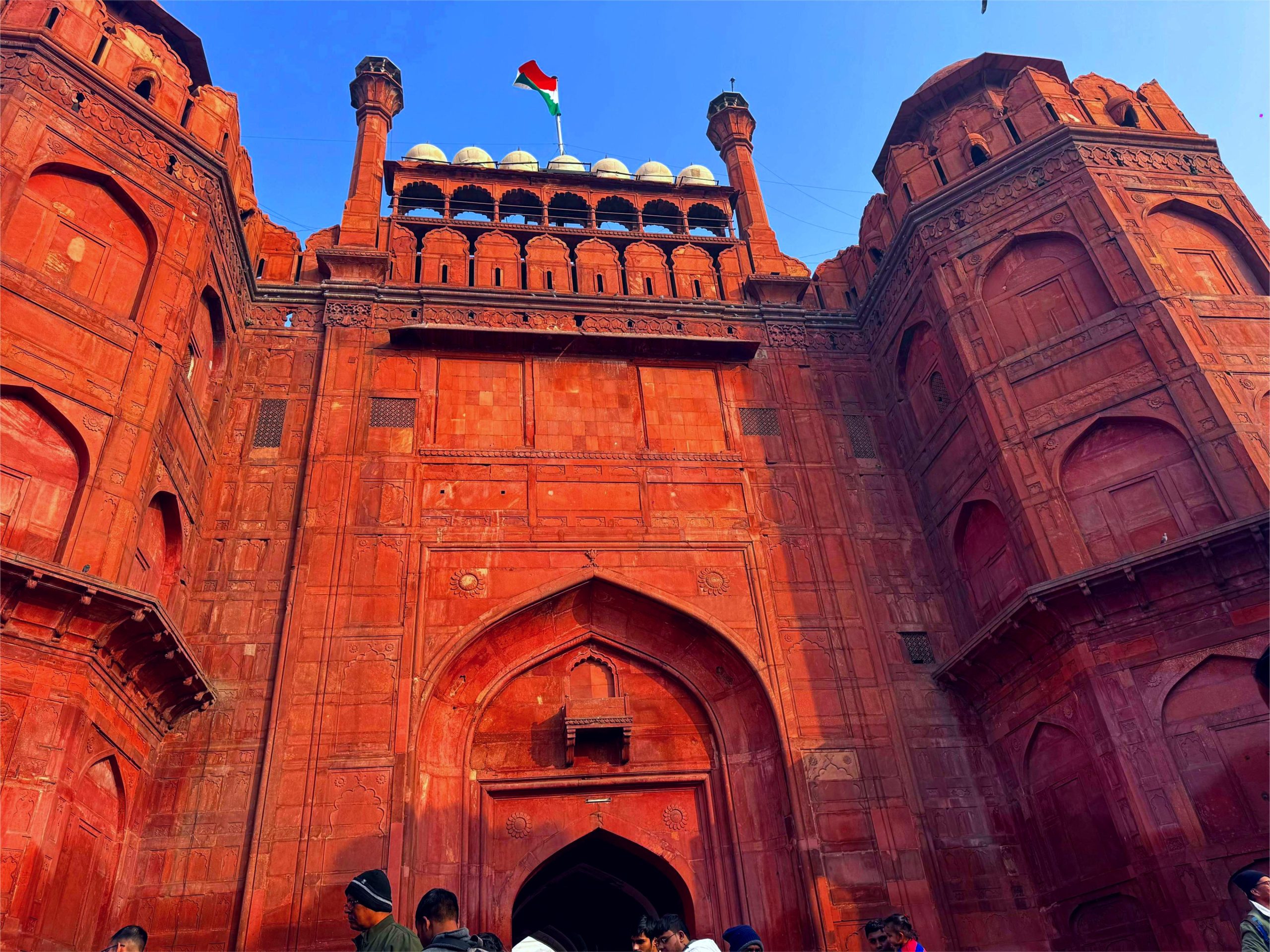
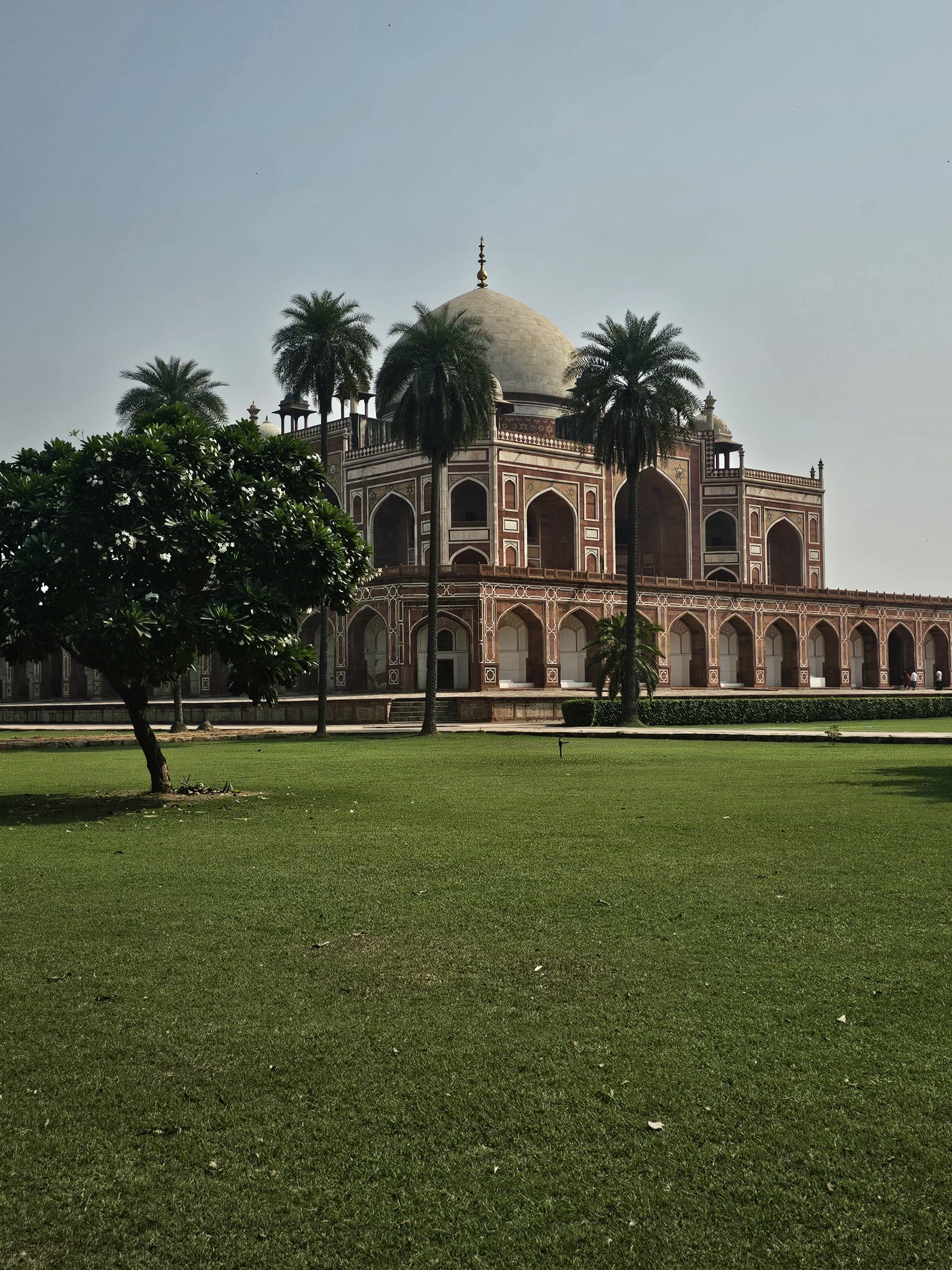
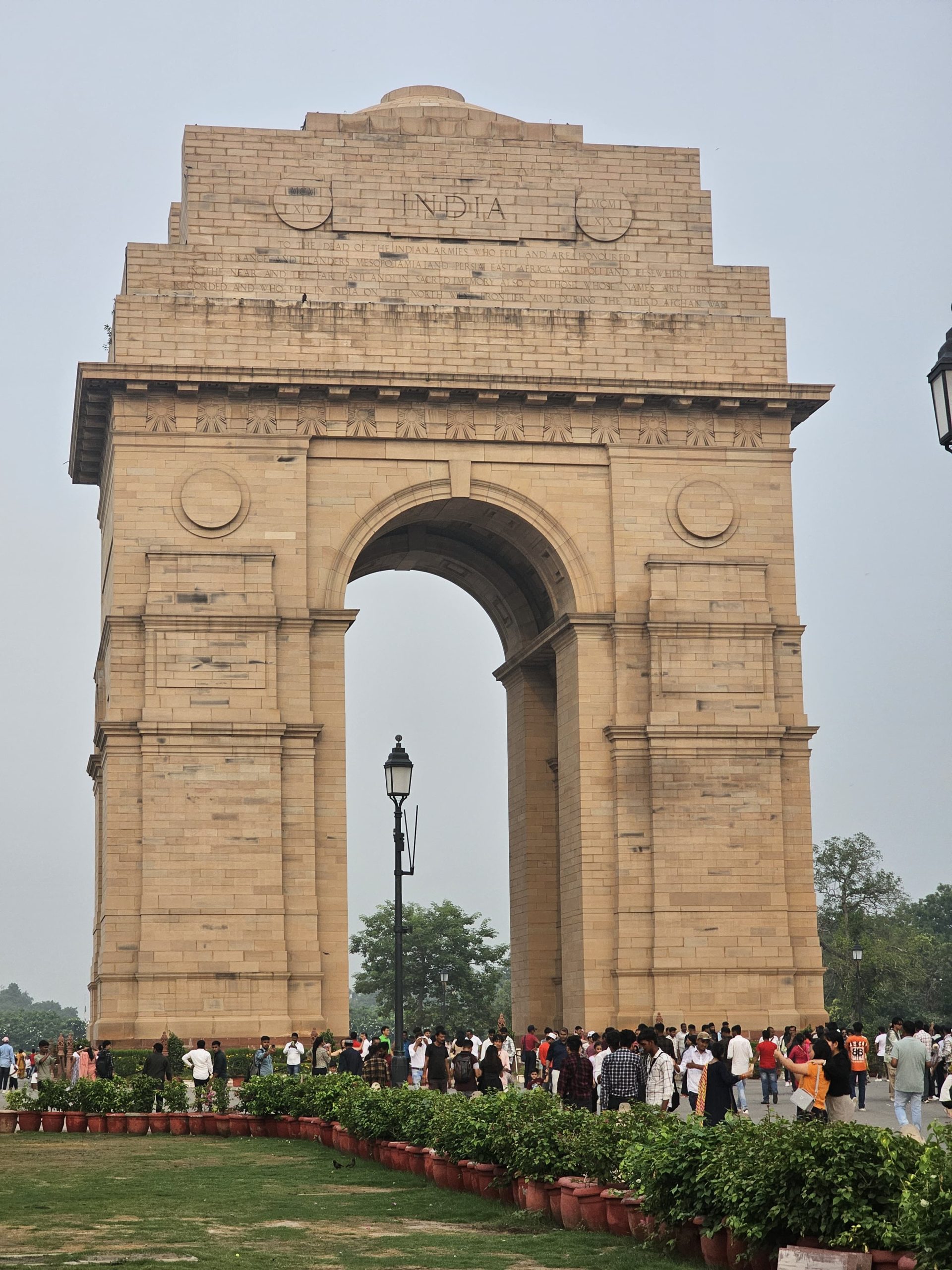
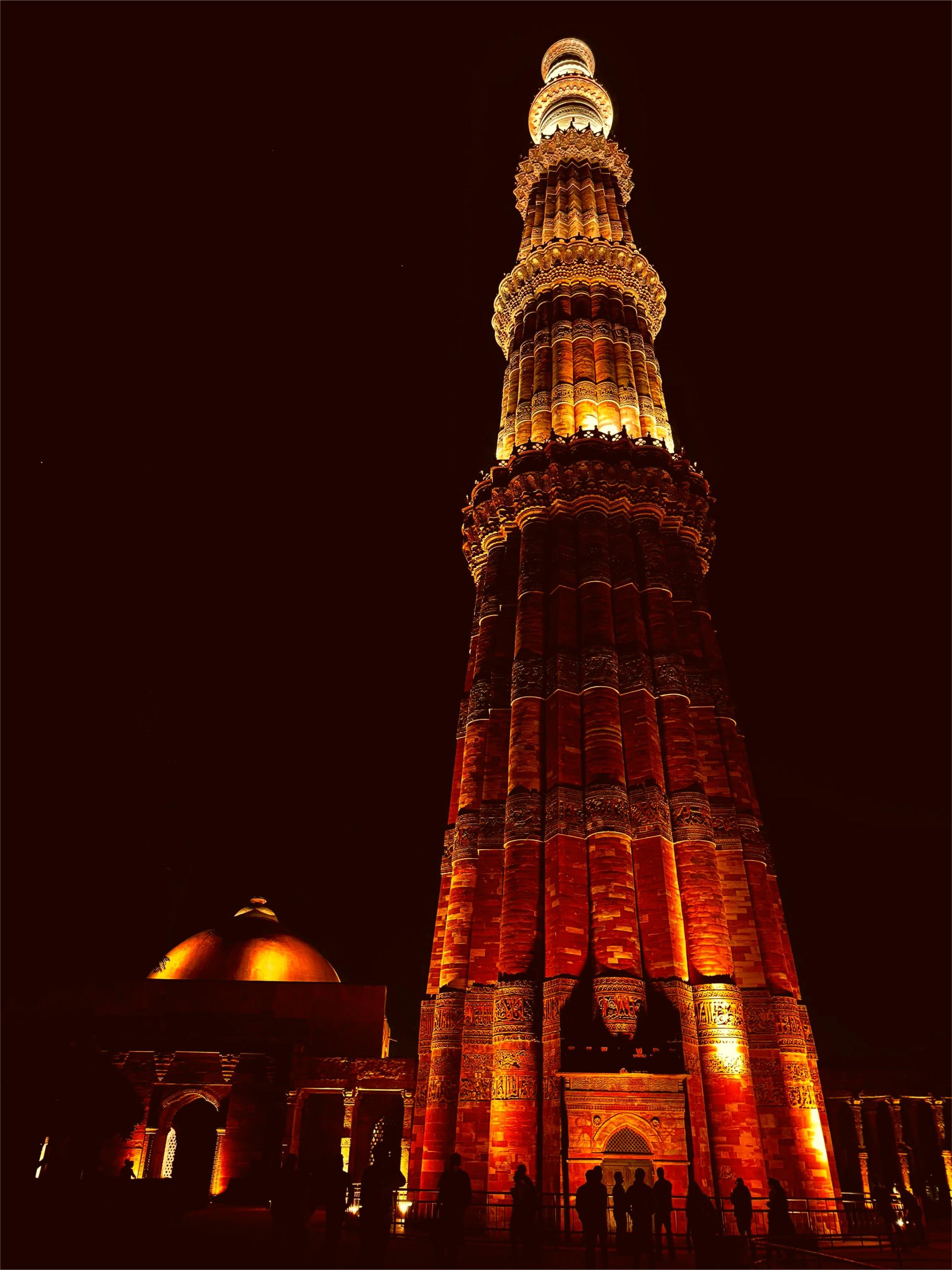
Delhi… rich with culture